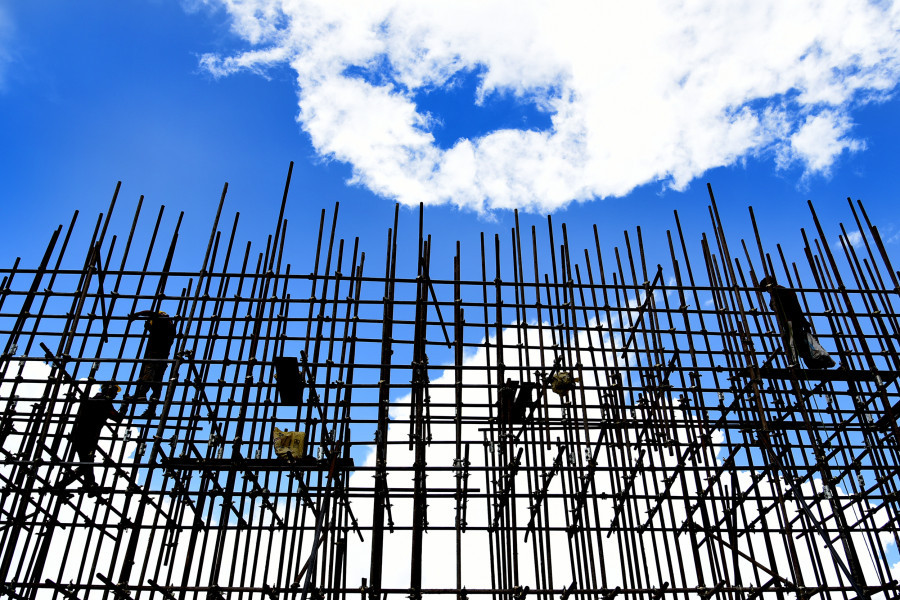Money
Nepal economy to slow further and may grow at a meagre 1.5 percent this fiscal year: Asian Development Bank
The growth may decline further if the Covid-19 containment period prolongs with periodic lockdowns in major hotspots and consequent restrictions on economic activities through this fiscal year.
Post Report
Nepal’s economy is anticipated to grow by 1.5 percent in the current fiscal year 2020-21 from the preliminary estimate of 2.3 percent in the last fiscal year, says the latest Asian Development Outlook 2020 Update.
The growth estimate of the Asian Development Bank is way below the government’s estimate of 7 percent.
Nepal saw a massive growth slump in the third quarter of the last fiscal year 2019-20–to 0.8 percent–due largely to negative growths in at least five sectors, according to the recent estimates of the Central Bureau of Statistics.
Economists say less than one percent growth observed in the third quarter in the last fiscal year could mean a further devastating impact on the economy in the fourth quarter [mid-April to mid-July] when the country was entirely under the lockdown.
The government imposed the nationwide lockdown to contain the spread of the coronavirus on March 24, which was lifted on July 21.
There now are concerns of a negative growth in the last quarter in a prelude to a recession that may continue through the ongoing fiscal year that started in mid-July.
“After strong growth in recent years, Nepal’s economy will see further slump as a result of decline in exports, remittances, and tourist income, and the stringent measures to contain the effects of the Covid-19 pandemic, even as the lockdowns have gradually eased,” said ADB Country Director for Nepal Mukhtor Khamudkhanov. “Expected sharp economic downturn in neighboring India, Nepal’s predominant trade partner, will also dent Nepal’s growth prospects.
According to Khamudkhanov, growth may decline further if the containment period prolongs with periodic lockdowns in major hotspots and consequent restrictions in economic activities through this fiscal year.
According to the Nepal Macroeconomic Update, which was also released on Tuesday, agriculture growth may rise as paddy yield is expected to increase on the back of normal monsoon.
“Nonetheless, delay in timely procurement of fertilizers may dampen potential agriculture growth,” said the Macroeconomic Update.
According to the report, industrial output will diminish reflecting a contraction in manufacturing and slowdown in construction.
“Service growth will be significantly lower with sluggish trade and as international tourism remains largely closed for the time being despite the reopening of regular international flights on September 1,” said the report.
The Nepal Macroeconomic Update has said inflation is projected to moderate to an average of 5.5 percent in the current fiscal year, down from 6.2 percent in the last fiscal year, assuming a good harvest, modest oil prices, and subdued nonfood prices on weak domestic demand.
The current account deficit is expected to widen from -0.9 percent of gross domestic product in 2019-20 to -1.9 percent a year later as import growth marginally picks up and remittance inflows decline owing to a slowdown in global demand from this crisis, the multilateral funding agency said in its report.
Downside risks to the outlook center on longer-than-anticipated stringent containment measures that may be necessary to contain the Covid-19 spread.
A delayed economic recovery in advanced economies in 2021 may further dent prospects for employment of Nepali migrant workers, undermining remittance inflows and Nepal’s external position.
With uncertainty over the return of businesses to pre-Covid-19 normalcy time anytime soon, non-performing loans in the banking system may pose some risks to financial stability under a prolonged containment period, according to the macroeconomic update.




 17.12°C Kathmandu
17.12°C Kathmandu













